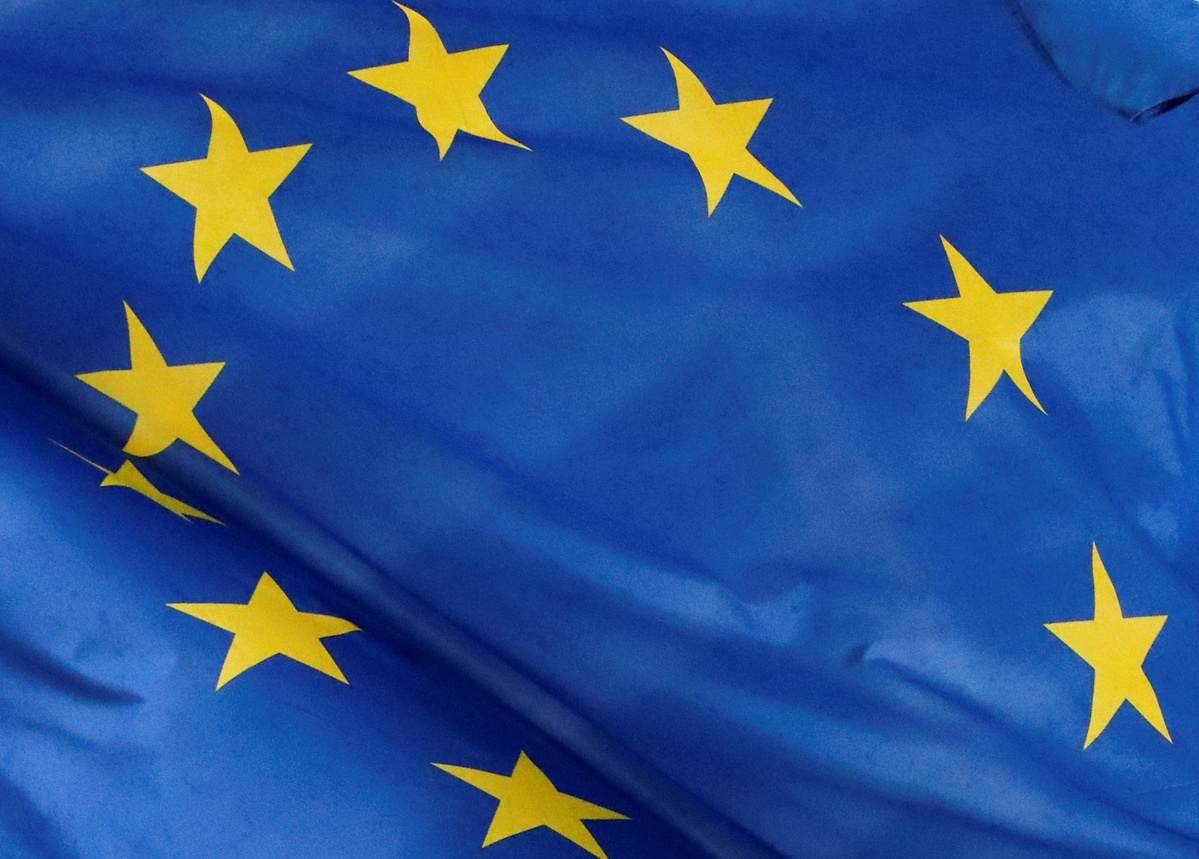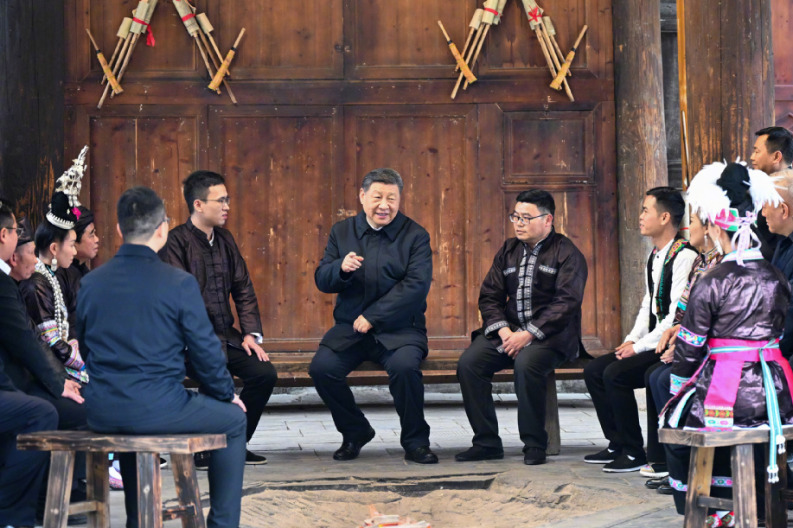EU must diversify trade to counter tariff threats


The European Union recently slapped tariffs on €26 billion ($28.38 billion) worth of goods from the United States, covering agricultural products, textiles, home appliances, and products from key Republican states, responding with precision to the 25 percent tariffs the US has imposed on imported steel and aluminum products from the EU. The EU estimates that US tariffs will cause it about €6 billion in direct losses, while its countermeasures exceed this by more than four times.
However, behind the seemingly tough stance, the EU remains constrained by its weak economic recovery, internal political divisions, and insufficient strategic autonomy. Its weak growth constrains the EU's ability to retaliate. In 2024, the EU's economic growth rate was 0.9 percent, with an expected growth rate of no more than 1.5 percent in 2025. Meanwhile, although the eurozone's inflation rate dropped to 2.4 percent in 2024, food and energy prices continue to rise, household savings rates remain high, and corporate investment willingness is low.
Also, divisions among EU member states on multiple issues continue to widen. For example, cracks have already appeared among EU member states on how to respond to the US threat to impose 200 percent tariffs on EU wine.
Europe's dependence on the US for defense and energy security makes it difficult for it to completely break free from strategic reliance on the US. So when the US imposes unilateral tariffs in the name of "national security", Europe lacks substantive means to counterbalance it.
In November, European Central Bank President Christine Lagarde suggested that the EU purchase more goods from the US, such as liquefied natural gas, to reduce possible conflict and promote cooperation.
A recent trade policy assessment by the Kiel Institute for the World Economy in Germany stated that if the US tariffs are fully implemented, they will lead to an economic contraction in the EU. To mitigate the risks of a trade conflict with the US, the EU needs short-term measures, such as strengthening trade cooperation with other countries and regions, promoting trade diversification, and enhancing policy coordination to counter US trade threats.



































